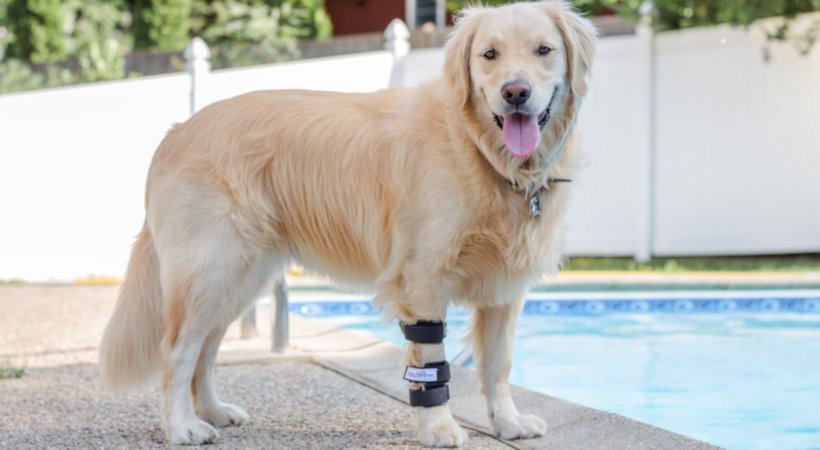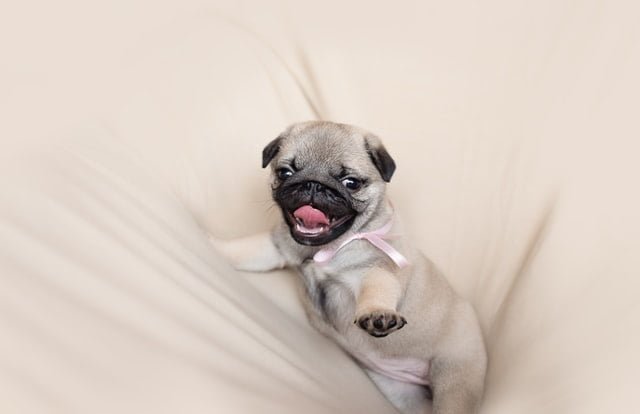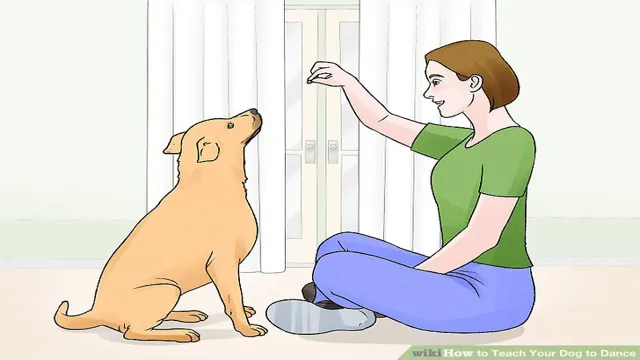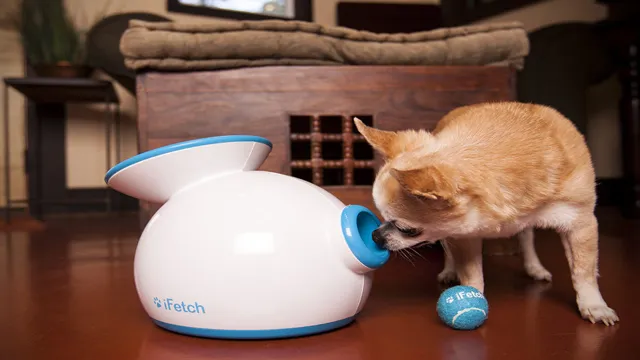Groom, Wag, Repeat: The Ultimate Guide to Keeping Your Pup Pristine

Having a furry buddy in your life gives you happiness, friendship, and the duty of providing for them. This thorough manual includes professional advice on how to keep your dog content, healthy, and flourishing on topics ranging from grooming to training and everything in between. This article covers crucial areas of canine care, whether you’re a first-time pet owner or trying to improve your pup-parenting abilities, to ensure you and your four-legged friend have a perfectly manicured relationship.
1. Grooming Essentials
More than simply for appearances, grooming is crucial for your dog’s general health. Regular brushing helps disperse natural oils, avoids matting, and maintains your dog’s hair healthy and glossy. Dental hygiene, ear cleansing, and nail trimming are all essential parts of grooming. Learning the correct methods for each grooming activity to guarantee that your dog looks and feels their best. Consider developing a grooming schedule that takes into account the breed, kind of coat, and specific requirements of your dog. Regular grooming appointments provide you a chance to connect with your dog and keep an eye on their wellbeing.
Getting Your Pup Used to Grooming
Many dogs can be anxious when it comes to introducing a grooming routine. Before trying to trim their nails or coat you should acclimate your dog to the tools that you will be using. Allow them to sniff them. If you have trimmers that make noise have them on around your pup so that they get used to the sound before introducing the trimming device. Loud unexplained noises can make dogs become more anxious, especially if you try to use the device before introducing them to the sound.
Aside from getting your puppy used to the trimming tools, you need to get them comfortable with the act of nail or coat trimming. To do so, gradually expose your furry friend to steps of the grooming process such as touching their paws then as they get more comfortable holding them as if you would when trying to trim their nails. Integrate some positive reinforcement with the practice. This will create a positive link in your dog’s mind between grooming practices and receiving a reward.
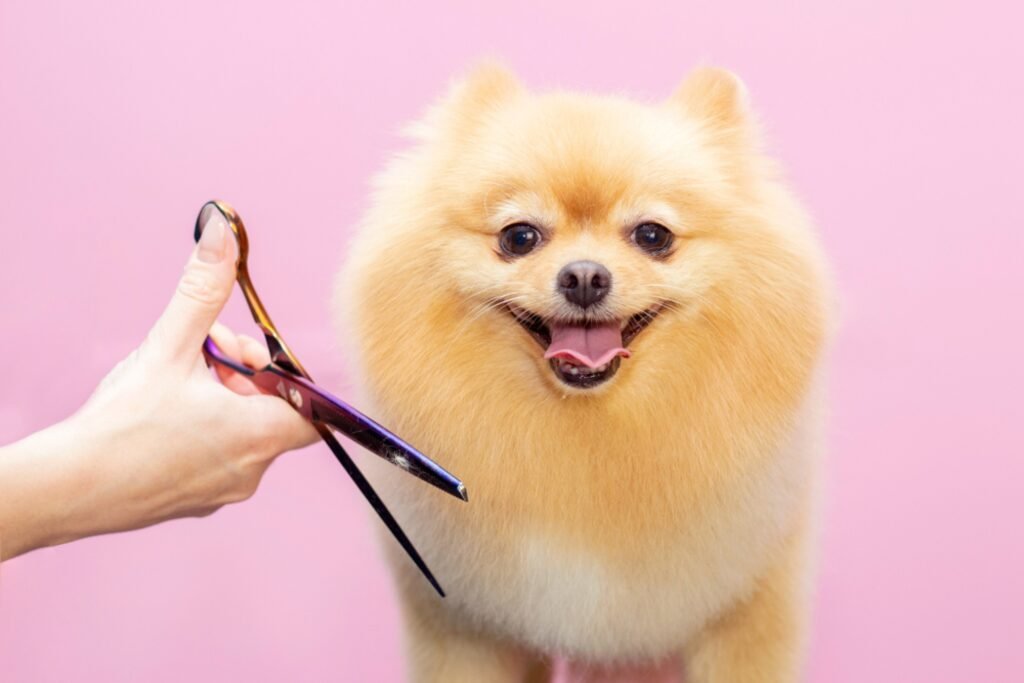
When you finally begin introducing grooming or nail trimming, keep the sessions short. Only do a few nails at a time to prevent your puppy from getting overwhelmed. This will help your pup to build tolerance to the grooming process over time. Take things slow and have patience with your dog as they get used to the grooming process.
2. Nutritional Needs
The foundation of your dog’s health is balanced and adequate food. A veterinarian can help you choose the best diet for your dog depending on factors including age, breed, size, and any particular health issues. Choose premium commercial dog food or think about making your own meals with advice from a veterinary nutritionist. To maintain a good body condition, keep an eye on your dog’s weight and modify their portions as necessary. Don’t offer them potentially dangerous human foods, and always have fresh water available.
Make sure to account for treat rewards in their dietary plan. Some treats are more calorie dense than others which can lead to weight gain. Peanut butter and carrots can be a fun treat for your pet, but avoid any pigs ears or bones from the pet store as they can lead to harmful health consequences. Avoid other foods such as avocados, chocolate, grapes, and garlic as these are harmful to dogs as well.
3. Regular Exercise and Enrichment
A happy and well-behaved puppy needs both mental and physical stimulation. Exercise and cerebral stimulation are both provided by regular walks, playing and interactive toys. Playing catch, solving puzzles, and practicing obedience improve your dog’s cognitive ability and deepen your relationship. Adapt your dog’s exercise regimen to his or her age, breed, and activity level. Keep in mind that frequent exercise helps avoid behavioral problems and that a tired dog is a satisfied dog.
When taking your dog for a walk regularly, you will create a stronger bond with them and improve their health. Make sure to allow them to sniff around as it helps with their socialization and mental well-being. Avoid going out on asphalt on hot days and avoid areas where there are briers. Make sure to check for ticks after leaving a heavily wooded area and teach them proper leash walking behavior.
4. Socialization and Behavior Training
A well-adjusted and obedient puppy is the result of proper socialization and training. To encourage your dog to exhibit healthy social traits, start exposing them to a variety of situations, people, and other dogs at an early age. Enroll in puppy training sessions to instill fundamental instructions and manners. Licensed trainers can help you to teach the basic commands such as sit, down, off, no, and drop it to have a well mannered pup. Proper leash training will also help to prevent your dog from bolting at every squirrel they see and pulling the leash.
Treats, compliments, and toys are examples of positive reinforcement methods that may be used to teach your dog. Once you have completed obedience training with your dog, take them to a place where they can socialize with other dogs such as your local hiking trail or dog park. Forging a solid connection and encouraging desired behaviors, consistency, and patience are essential.
5. Potty and Crate Training: How They Work Together
Teaching proper potty training techniques is a must to start early with your puppy. At a young age, they may only be able to use puppy pads. Slowly move these closer to the door and eventually phase them out as you begin outdoor potty training. Puppy pads should only be used temporarily; when used long term you could accidentally reinforce bad habits in the house. Reinforce your dog going outside with treats and positive praise. Over time your pup will associate going to the bathroom outside with receiving a reward. After completing obedience training you could also teach your dog to go to the bathroom on command outside.
Crates may seem like they are cruel, but at some point or another you may need to have your dog in a crate, whether it’s because you have to go to work or plan on sending them to a kennel boarding facility when going on vacation. Place a comfortable bed and toy to make them feel comfortable. When accustoming your puppy to their crate leave them in there for only a short amount of time. In the beginning be where they can see you and leave them in there for just a few minutes. Over time increase how long they are in there and give them some independence. They will get used to the length of time and time away from you with more exposure. Make sure to reward your dog when they leave the crate.
Crate training can also be a great method for potty training as well. Providing a crate with just enough room for them to sit, stand, and turn around will keep them comfortable enough while mitigating their going to the bathroom in their crate. Just make sure to not exceed six hours of crate time and take your dog out as soon as you get home.
Despite all this effort, if you are still having issues with your dog going to the bathroom in the house, there may be some underlying medical concerns that need to be addressed, especially if it is frequent. An adjustment to their diet may also need to be made as they may be eating the wrong type of kibble or eating too frequently. A licensed veterinarian will be able to advise you on what best steps to take.
6. Veterinary Care
The health of your dog and the early identification of any problems depend on regular veterinarian appointments. The importance of routine exams, immunizations, and preventative care (such as flea, tick, and heartworm prevention) cannot be overstated. To build a personalized healthcare plan, talk to your veterinarian about the particular health requirements of your dog. Pay close attention to any changes in your dog’s activity level, appetite, or demeanor. Treatment and management of health issues may greatly benefit from early intervention.
As a puppy it is important to make sure your pup gets all the vaccinations they need such as for distemper, parvo, and hepatitis. If you plan on taking your dog to a kennel boarding facility while you are away on vacation, they will be required to be up to date on their kennel cough vaccination.
7. Mental Health and Enrichment
The emotional health of a puppy is just as crucial as its physical health. Using interactive games, puzzles, and fresh experiences, stimulates the mind. To keep their brains busy and interested, play smell games, conceal goodies for them to locate, and switch up their toys. Make a welcoming location where your dog may unwind and hide out when necessary. Pay attention to any indicators of stress or anxiety and, if necessary, seek expert advice.
Mental stimulation is important for animals. They need at least one activity to do a day to stay in good health. You can utilize treat puzzles to keep their mind sharp. Walking around the neighborhood also provides great mental stimulation for your furry friend. Routine exercise also helps your dog to lose some energy which will help with their tempermenant and improve their quality of sleep. Daily walks will also provide an opportunity to bond with your pup and reinforce important training behaviors.
8. Addressing Seperation Anxiety
Some dog breeds are prone to separation anxiety such as Border Collies, and Australian Shepherds. It is important before getting a dog to research the breeds you are interested in to understand their typical temperament. Such dogs may not be the best fit if you work long hours away from home, as this could cause a lot of stress for your furry friend. Choose a dog that works best with your lifestyle and family dynamic.
If your dog has seperation anxiety, you can try to train them to tolerate some time away from you. You can do this by establishing a predictable routine where they are alone and when they can expect attention. Provide environmental enrichment such as chew toys for when they are by themself. Utilize crate training and make their space comfortable. Reinforce them positively with a reward each time you return to the house.
8. Unwavering Love and Attention
Giving your dog plenty of love, care, and company is perhaps the most crucial part of keeping them. Dogs thrive on emotional connection, love, and human engagement. Spend time with your dog, do things to strengthen your relationship, and treasure the special connection that only a pup-parent can grasp. Keep in mind that your efforts should be focused on ensuring your dog’s pleasure and well-being. You can build a holistic approach to puppy care that guarantees your four-legged buddy has a life full of tail-wagging excitement and unending adoration by including grooming, nutrition, exercise, veterinary care, socialization, training, mental stimulation, and unshakable love.
Conclusion
Maintaining your dog’s health and happiness is a commitment that has incalculable benefits. This ultimate guide provides you with a complete arsenal to care for your furry friend by covering all the important parts of puppy care. The experience of being a pup parent is rewarding, from grooming procedures to appropriate feeding and socializing to cerebral stimulation. You may ensure your dog’s happiness and well-being for years to come by adhering to professional advice from your veteranarian and dog trainer. Having a dog is a fifteen to twenty year commitment so it is important to accept all the duties of care adding a furry friend to your family. Your consistent efforts will be the first step on your dog’s route to a happy and rewarding life. Groom, wag, repeat.
Author’s Bio: Jenny Fries, a freelance writer, specializes in writing about technology, business, and health. She offers freelance blogging and content writing for SEO. When she's not writing, Fries likes to travel, cook, and write vacation plans.
